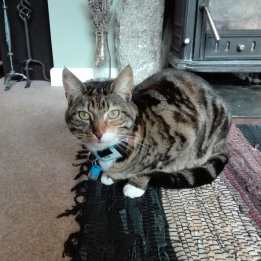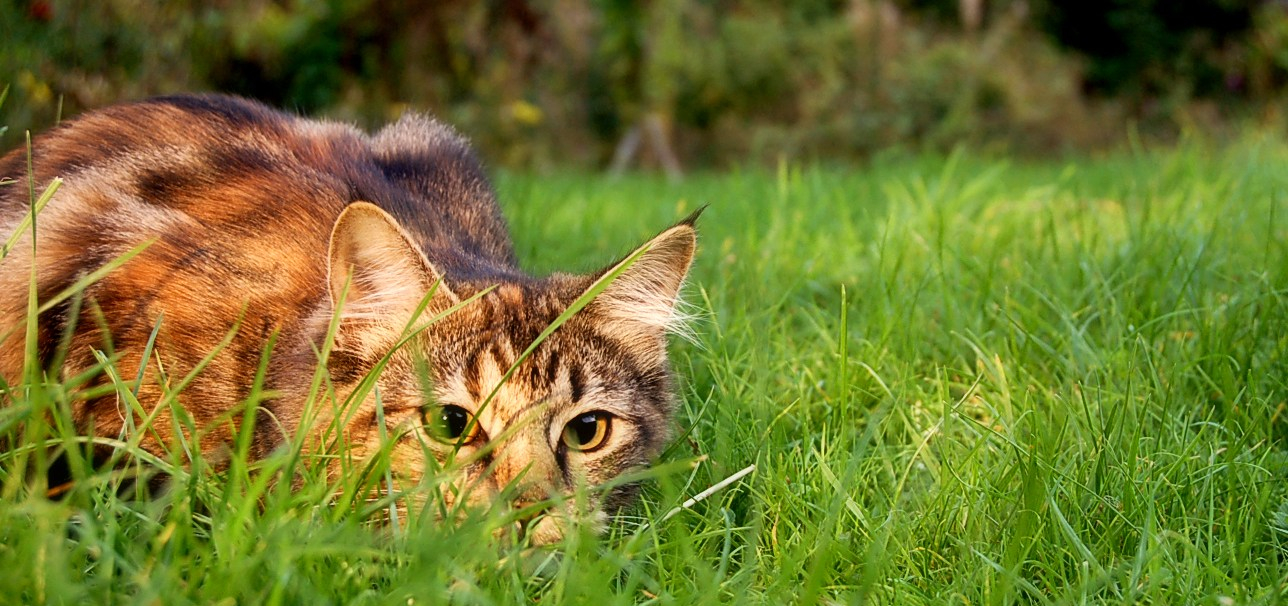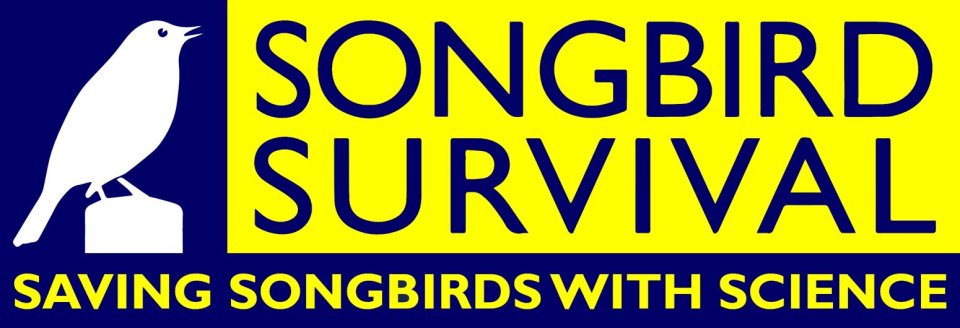Cats, Cat Owners & Wildlife

We use GPS trackers to find out when and where cats roam when they’re out of the house.
Domestic cats have rich historical and cultural associations with human societies, and today they are second only to dogs as the UK’s most popular pet. They provide millions of people with companionship and are also kept for their skills as pest-controllers. However, the same hunting prowess that makes cats helpful allies can also be a problem, and owned, ‘outdoor’ cats kill many wild animals every year. Many cat owners are uncomfortable with their cats’ predatory behaviour, and some conservation and wildlife organisations are concerned that a large cat population may be contributing to national declines of birds and small mammals. Although previous, national-scale studies have produced large estimates of numbers killed, these numbers do not equate with population- level impacts on birds or mammals, nor do they take into account the cat’s role as a pest controller. Furthermore, these findings have had little influence on policy, practice, or public attitudes, and campaigns aiming to convince people that their pets’ hunting behaviour may be problematic are generally not well-received.
Our proposition is that the relationship between domestic cats, people, and wildlife is a complex, shared problem. Cat owners are a key interest group who will be central to any effort to minimise cat predation on vulnerable wildlife, but their views are often overlooked.
We’re interested in tackling this issue through engagement and collaboration with cat owners. This project aims to work with cat owners to identify effective, practical means of reducing cat predation on wildlife, without compromising (and potentially enhancing) cat welfare.
This map, constructed using a GPS tracking collar, shows two weeks of one cat’s movement.
The project has both social and ecological research components. This means that we are both (a) tracking cat movements and hunting activity to identify factors and management options that influence hunting behaviour, and (b) investigating cat owner’s views on hunting and roaming behaviour and management techniques. Read our recent paper about cat owners’ views on hunting and roaming in domestic cats here.
We have also established a Project Advisory Group (see below), who provide guidance on the suitability of the methods and any ethical considerations, enabling us to learn from experts and interested organisations.

- We are holding focus groups with cat owners to discuss issues surrounding cat hunting and roaming behaviour.
Publications
Project Advisory Group
Keith Cowieson (Songbird Survival)
Dr Sarah Ellis (International Cat Care)
Zoe Greatorex MRCVS (Veterinary Surgeon)
Adam Grogan / Sam Watson (RSPCA)
Dr Jenni McDonald (The Small Cat Project)

